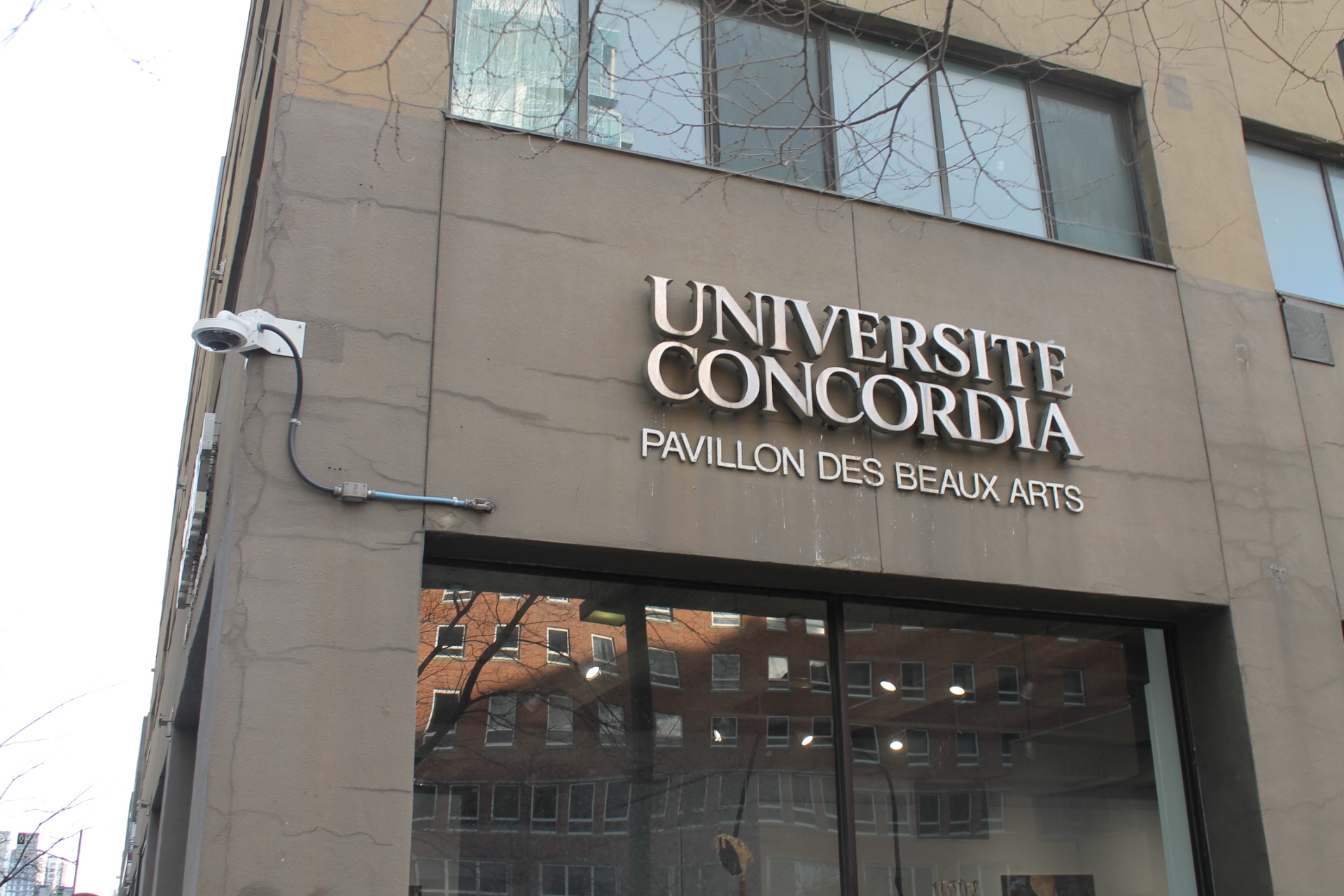The Visual Arts building used to be a parking garage, and it shows.
If you’re not a student in fine arts, you might never have had the privilege of witnessing this fine institution. Allow me to paint you a picture: imagine a bland, grey-brown box filled with austere, harshly-lit studios. That about sums it up.
The VA Building is located on René-Lévesque Boulevard., about a five-minute walk from the core of the downtown campus. Before the EV Building transitioned to hold a number of art facilities, the faculty of fine arts used to be concentrated in the VA. At one time, the building’s atmosphere was much more lively—there even used to be a student-run café called Café X, until it was closed in 2017.
Thinking about this building’s missed potential reminds me of recurring thoughts I have about architecture and how under-utilized many spaces are. We spend so much of our lives indoors; I think these spaces should be as beautiful as possible. It’s especially ironic for an arts building to be so un-artistic.
The exterior walls of the VA Building seem like the ideal candidates for colourful murals, but are instead blank and gray. This makes what they call a “brutalist” architecture even more foreboding and doesn’t exactly foretell an inspiring atmosphere. Imagine if students were tasked with the job of beautifying the building, and how inspiring it would be to walk into a giant work of art (to go create more art!).
The issues with the building are not just aesthetic, however. Numerous factors make learning an unpleasant or even inaccessible experience. There often seems to be issues with the toilets (especially on the third floor), and the water fountains have been ineffective almost all year (they’ve been replaced by water coolers, to be fair, but still). Don’t even get me started on heating—what began as an icebox has turned into a furnace, and these fluctuations seem to occur minute by minute. Rumour has it that the ceramics studios needed a space heater brought in to help with temperature regulation.
What’s more, the VA Building is often referred to as a food desert. Without any food options nearby, students have spent many evenings nourished only by vending machine cookies. (Yes, I should probably get better at meal prepping, but still—food should be cheap and accessible for students, especially given the brutal four-hour studio classes.)
Sometimes I imagine how wonderful the space could be. My utopian vision for the VA involves a brightened exterior, a revamped student café, and improved social spaces. Students do better work in better spaces, and art should be done in a place that evokes inspiration (and comfort!).
In the meantime, things could always be worse. Actually, I lied—the vending machine was out of two-bite brownies the other day. We have truly hit rock bottom over at the arts building. From now on, every time I create a seriously mediocre painting, I’ll just blame it on this Viciously Average building.
